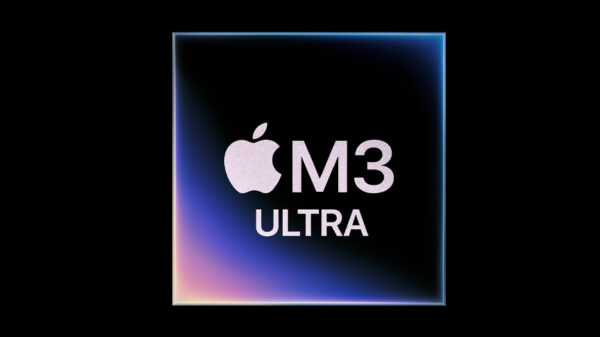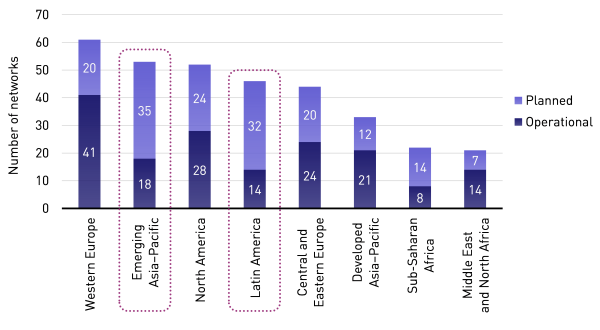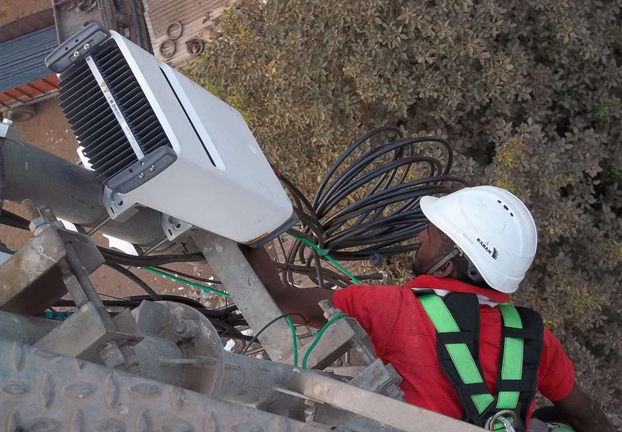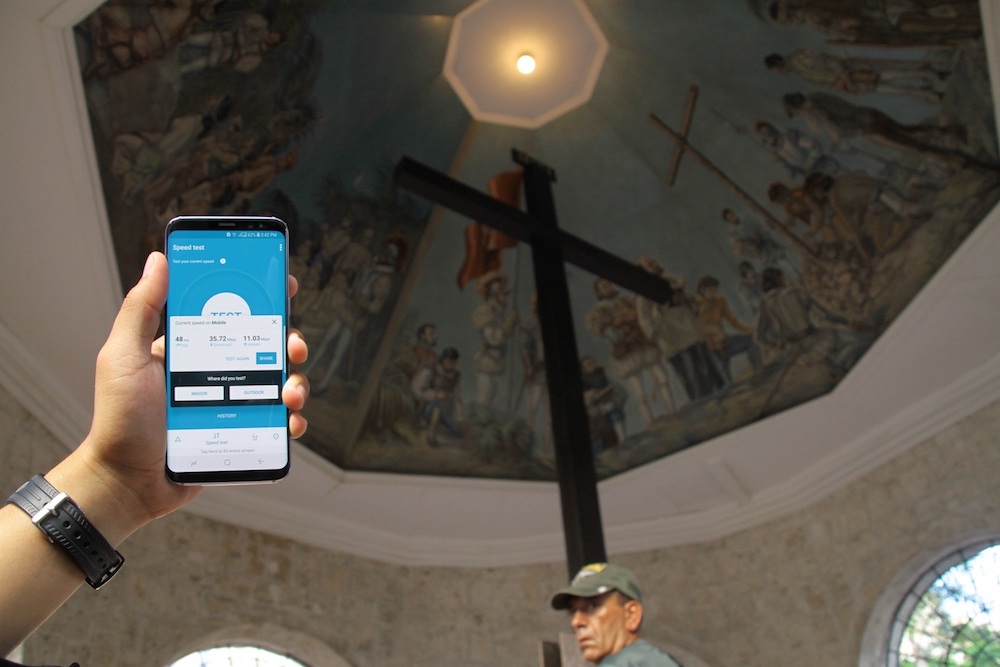By Chris Nicoll, Analysys Mason Principal Analyst
LTE is out of the experimental stage and is being deployed worldwide. Operators in all markets are in the process of implementing LTE, but the emergence of the APAC and LATAM regions is set to challenge European and North American operators’ early lead. These trends are analysed in Analysys Mason’s forthcoming report on the outlook for LTE worldwide.
LTE network planning, trials and deployments are progressing in emerging and developed regions
The first LTE deployments occurred in Finland and Sweden, and the world’s largest LTE network is in the USA, but emerging APAC and LATAM have the highest number of planned LTE networks, according to Analysys Mason’s Wireless networks tracker.
Adoption of the Asia–Pacific Telecommunity Band Plan (APT700) in Brazil, Chile, Columbia and Mexico provides operators and users in the LATAM region with access to the worldwide LTE700 ecosystem, which offers a broad choice of equipment and terminals. The large number of frequencies that LTE supports has generated concern among industry players, but in practice operators often need to support fewer than seven in order to provide a wide range of services for their users.
Emerging market countries are also taking advantage of LTE technology. India, Malaysia and Vietnam are the leaders in the emerging APAC region for the number of LTE networks planned. Operators in India, Malaysia and Nepal are also planning to launch TD-LTE networks. We expect several operators in EMAP to deploy FD-/TD-LTE networks in order to take advantage of their paired and unpaired spectrum. Ten dual-technology LTE networks are already in commercial operation.Trials show a growing base of LTE in Europe as well as emerging APAC
Our research indicates that 59 LTE network trials were in progress as of 31 July 2013. This figure includes cases where an operator has multiple trials underway, but might not eventually deploy operational networks. However, we can reasonably expect (with more than 80% probability) that most of these trials will result in commercial deployment within the next two years.
The largest number of LTE network trials is in Central and Eastern Europe (at 26), emerging APAC (24) and Western Europe (20). Trials in the first two regions are being driven by adoption of the technology among regional operators, such as Bharti Airtel and Reliance Infotel. Infrastructure vendors such as Ericsson, Huawei, Nokia Solutions and Networks (NSN), Samsung and ZTE are demonstrating the required network upgrade and transition options, including LTE overlay and single-RAN solutions. For more detail on a return on investment comparison between LTE overlay and single RAN, please contact us and we can provide a tailored analysis for your network.
Strong support for LTE in APAC and LATAM will start to offset the early influence that European and North American operators (some of which have a 2- or 3-year head start on deploying the technology) have had on the device and network vendors. We expect a more-balanced global LTE market to emerge by 2018, in which markets such as Brazil, India and Russia will each account for 5% of LTE connections worldwide.













































































































